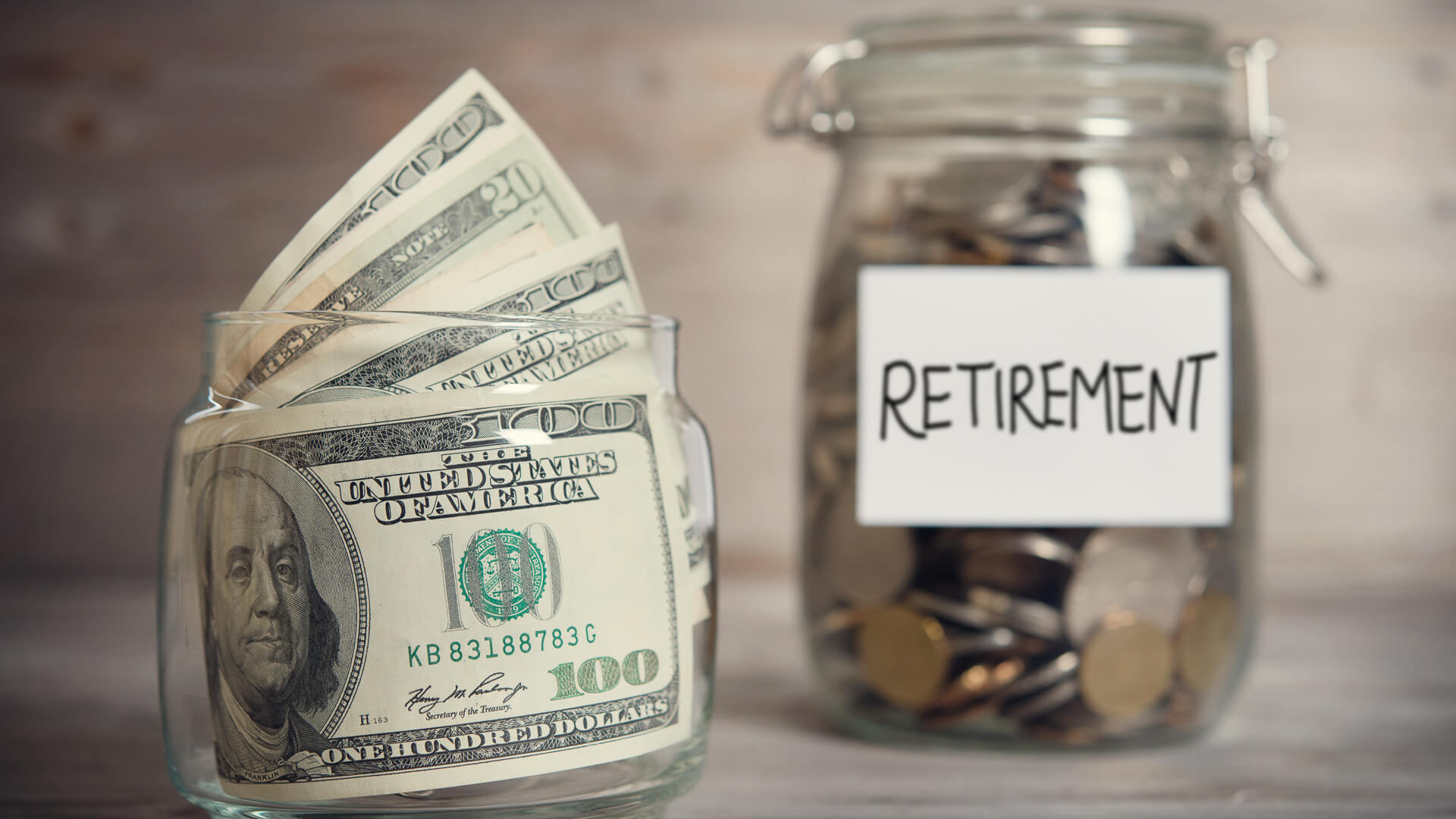
Everyone wants to feel secure in their retirement. So with 82% worried about the potential for a recession, per News Nation, this is the time to start thinking about how to make your retirement fund recession-proof.
Read Next: 4 Retirement Expenses Boomers Didn’t Plan for — but Should Have
Check Out: How Far $750K Plus Social Security Goes in Retirement in Every US Region
Here are five useful things to think about to recession-proof any investment funds that are going to be used when you retire.
A Strong Diversification Strategy Is Essential
Diversification is crucial. That’s always been the case with investing. But if you’re looking to de-risk your retirement portfolio, then increasing the diversity within it will further help recession-proof your funds.
Diversification reduces the risk of exposure to any single asset class, region, sector or industry. For example, even if a small recession does hit America, you could invest more in European or Asian stocks, bonds, currencies and assets. Even gold, wine, art and cryptocurrencies can serve as useful diversification tactics.
Make sure your portfolio includes a smart mix of equities, bonds, low-cost index funds, exchange-traded funds (ETFs) and cash equivalents to maximize your diversification and reduce exposure to any recessionary risks.
Be Aware: 6 Key Signs You’ll Run Out of Retirement Funds Too Early
Invest In Dividend-Paying Stocks
Businesses that pay dividends can be a good investment because those dividends could mean consistent income, even in volatile markets.
With dividend-paying stocks, investors get a percentage back from what they invest in the form of a dividend payment. And these dividends often come from stable, blue chip companies.
When picking these stocks (as part of a balanced, risk-adjusted portfolio), look for companies with long histories of increasing dividends. Or at very least, look for companies with stable dividends and steady growth, not hypergrowth and crashes. Think about industries that aren’t exciting but are always going to be around, recession or no recession.
As always, remember that past performance does not indicate the likelihood of future results. Invest only what you can afford, and never invest more than you can afford to lose. That’s why a diversified portfolio is crucial.
Include Defensive Investment Assets
Having defensive investment assets in your portfolio can help preserve your capital and maintain predictable income.
Some of the most well-known defensive assets you can hold are cash and gold. Alongside cash (money in a high-interest savings account) and gold (either physical gold or via gold-based ETFs), the following are considered useful defensive investment assets to have in your portfolio:
- Treasury Inflation-Protected Securities (TIPS)
- High-quality corporate or municipal bonds
- U.S. federal government bonds (Treasurys)
- Annuities with guaranteed income (but do exercise caution).
If you want to make the most of these assets, stagger bond maturities to increase income flows and the returns you generate. You can then reinvest those returns to keep growing your portfolio as part of your retirement planning.
Keep a Cash Reserve and Have a Short-Term Bond Fund
Having liquid cash in a high-yield savings account, or spread across several accounts, is smart. If you can, accumulate six to 24 months’ worth of living expenses in these accounts, depending on your risk tolerance and how you are investing the rest of your funds.
Holding on to cash is useful for a couple of other reasons too. It can help you avoid the need to sell assets during downturns, and that includes avoiding having to divest any stocks or assets in your pension fund. It also can help cover expenses during bear markets or any unexpected personal emergencies.
Short-term bond funds can also be a good option. As long as you can liquidate them at a moment’s notice, then you might earn a slightly higher interest rate in bonds.
Avoid Overexposure to High-Risk Assets
You may think that generating high returns is the way to have as much in your retirement fund as possible. But the danger of investing in assets that promise high returns is that you could be overexposed and risk losing money if those same assets suddenly crash.
It’s important to avoid investing too much in speculative stocks, crypto or tech-heavy funds. You’ll notice how quickly overhyped stocks or crypto can suddenly collapse when the market turns against them. Also, avoid illiquid or highly leveraged assets.
Whenever possible, make sure to periodically shift allocations based on age, market conditions and goals. As retirement nears, consider allocating your funds toward more income and capital preservation.
More From GOBankingRates
- 3 Luxury SUVs That Will Have Massive Price Drops in Summer 2025
- 4 Things You Should Do if You Want To Retire Early
- 10 Unreliable SUVs To Stay Away From Buying
- Mark Cuban Tells Americans To Stock Up on Consumables as Trump's Tariffs Hit -- Here's What To Buy
This article originally appeared on GOBankingRates.com: How To Set Up a ‘Recession-Proof’ Retirement Fund







